Chinese volunteers live in Lunar Palace 1 closed environment for 370 days
Wednesday, 03 March 2021 14:55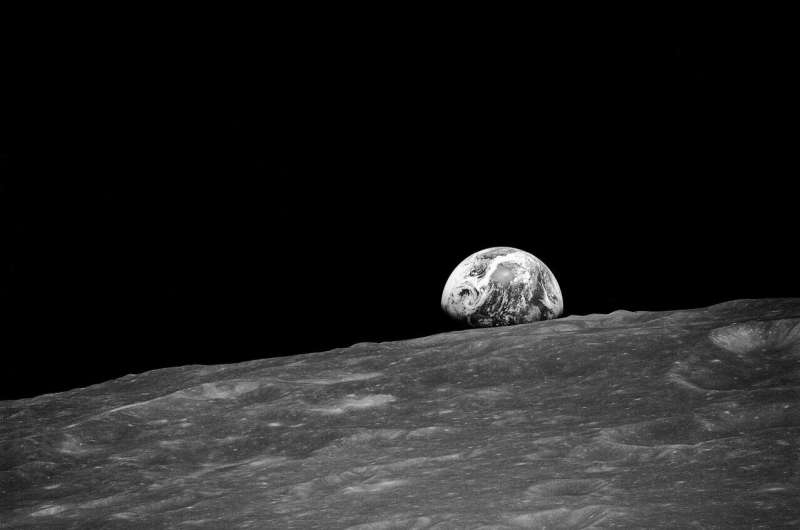
Volunteer students at Beihang University have reportedly lived in the Lunar Palace 1 biosphere environment for 370 days. Media outlets have reported that two groups of students took turns living in the biosphere over the course of 370 days, and required minimal supplies from the outside.
Many groups have tried building and living in biospheres over the years. The goal has always been to find out if it is possible to build a self-sustaining ecosystem that could be used on another planet. The most well-known was Biosphere 2—it was built in the Arizona desert and hosted people for two years, but ultimately failed in its goal to remain self-supporting. However, such efforts have led to a better understanding of how a real biosphere might work and how plants might be grown beyond Earth.
Over the past several years, the Chinese government has made it clear that they plan to send people to the moon in the coming years. They also plan to build a permanent colony there, to be shared with other countries, as soon as it is feasible. As part of that effort, they have been planning, building and testing biospheres since 2014.
Falcon 9 launches Starlink satellites, lands booster
Wednesday, 03 March 2021 09:52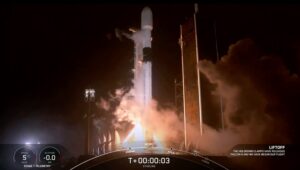
WASHINGTON — A SpaceX Falcon 9 launched a new set of Starlink satellites and landed the booster March 4, two and a half weeks after the landing failed on the previous launch.
The Falcon 9 lifted off from Launch Complex 39A at the Kennedy Space Center at 3:24 a.m.
Chinese astronauts training for space station crewed flights
Wednesday, 03 March 2021 09:02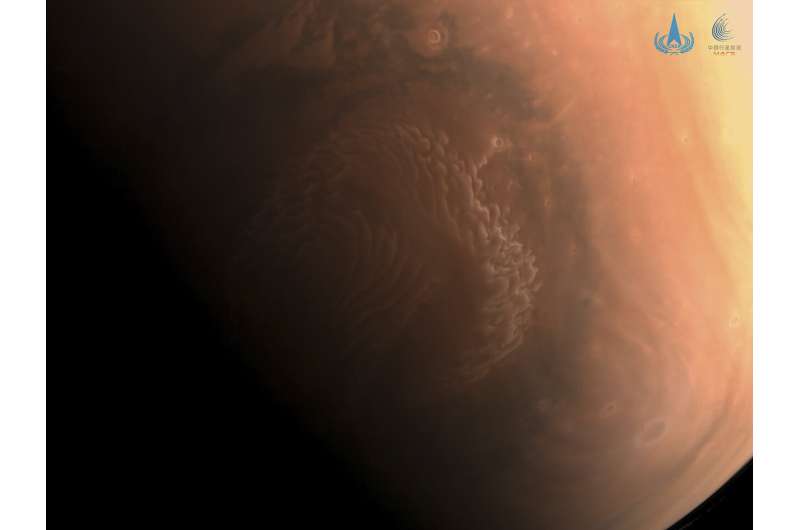
SpaceX Starship lands upright, then explodes in latest test
Wednesday, 03 March 2021 09:00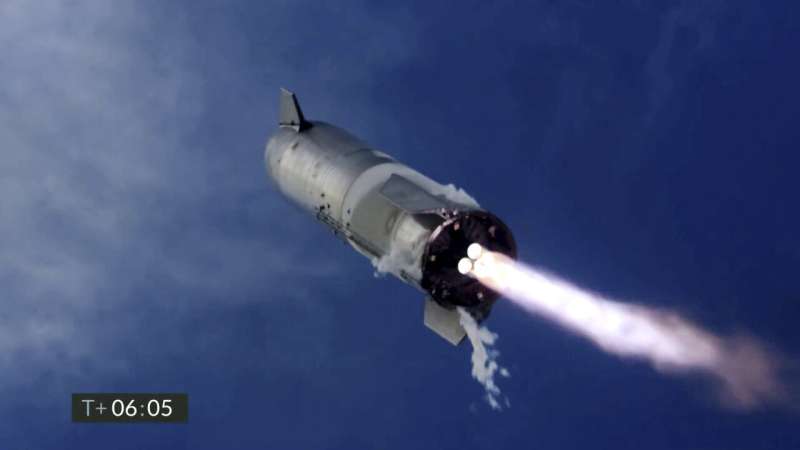
Monitoring methane emissions from gas pipelines
Wednesday, 03 March 2021 09:00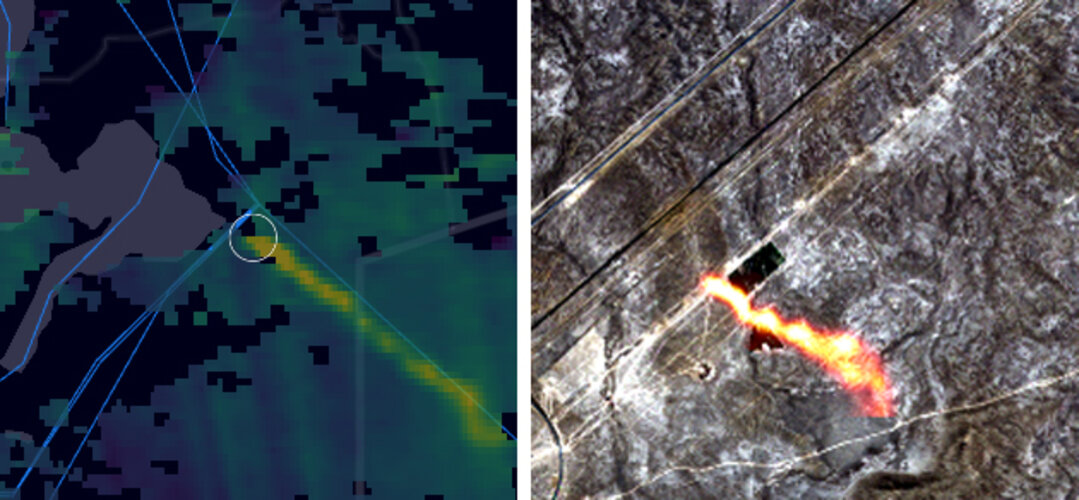
For the first time, scientists, using satellite data from the Copernicus Sentinel missions, are now able to detect individual methane plumes leaking from natural gas pipelines around the globe.
SpaceX Starship makes upright landing, but rocket explodes minutes later
Wednesday, 03 March 2021 07:39 Elon Musk's SpaceX notched the first upright landing of the company's deep-space Starship rocket after a test flight early Wednesday evening in Boca Chica, Texas - but the rocket exploded minutes later.
A live feed showed the stainless steel rocket soaring above the South Texas shoreline, flipping over and decelerating to a gentle touchdown at a slight angle on the landing pad.
But a fire
Elon Musk's SpaceX notched the first upright landing of the company's deep-space Starship rocket after a test flight early Wednesday evening in Boca Chica, Texas - but the rocket exploded minutes later.
A live feed showed the stainless steel rocket soaring above the South Texas shoreline, flipping over and decelerating to a gentle touchdown at a slight angle on the landing pad.
But a fire NASA prepares Dragon capsule for first reuse with astronauts
Wednesday, 03 March 2021 07:39 NASA is preparing for the first time to reuse a SpaceX Dragon capsule, the Endeavor, on a crewed mission in April.
The capsule previously took astronauts Bob Behnken and Doug Hurley to the International Space Station in May. The upcoming Crew 2 mission is planned for launch no earlier than April 20 from Kennedy Space Center.
NASA gave a detailed update this week about the capsule's r
NASA is preparing for the first time to reuse a SpaceX Dragon capsule, the Endeavor, on a crewed mission in April.
The capsule previously took astronauts Bob Behnken and Doug Hurley to the International Space Station in May. The upcoming Crew 2 mission is planned for launch no earlier than April 20 from Kennedy Space Center.
NASA gave a detailed update this week about the capsule's r Green Run Update: Engineers Repair Valve for Mid-March Hot Fire Test
Wednesday, 03 March 2021 07:39 Engineers have successfully repaired a liquid oxygen valve on the Space Launch System rocket's core stage with subsequent checks confirming the valve to be operating properly.
The team plans to power up the core stage for remaining functional checks later this week before moving forward with final preparations for a hot fire test in mid-March at NASA's Stennis Space Center near Bay St. Lou
Engineers have successfully repaired a liquid oxygen valve on the Space Launch System rocket's core stage with subsequent checks confirming the valve to be operating properly.
The team plans to power up the core stage for remaining functional checks later this week before moving forward with final preparations for a hot fire test in mid-March at NASA's Stennis Space Center near Bay St. Lou China's commercial rocket SD-3 to make maiden flight in 2022
Wednesday, 03 March 2021 07:39 Smart Dragon-3 (SD-3), the third member of China's Dragon series commercial carrier rockets family, will make its maiden flight in 2022, its developer said Wednesday.
A four-stage solid-propellant rocket, the SD-3 will be the largest and have the highest carrying capacity among the Dragon series, according to the China Academy of Launch Vehicle Technology.
With a maximum diameter of
Smart Dragon-3 (SD-3), the third member of China's Dragon series commercial carrier rockets family, will make its maiden flight in 2022, its developer said Wednesday.
A four-stage solid-propellant rocket, the SD-3 will be the largest and have the highest carrying capacity among the Dragon series, according to the China Academy of Launch Vehicle Technology.
With a maximum diameter of Planetary science intern leads study of Martian crust
Wednesday, 03 March 2021 07:39 The planet Mars has no global magnetic field, although scientists believe it did have one at some point in the past. Previous studies suggest that when Mars' global magnetic field was present, it was approximately the same strength as Earth's current field.
Surprisingly, instruments from past Mars missions, both orbiters and landers, have spotted patches on the planet's surface that are st
The planet Mars has no global magnetic field, although scientists believe it did have one at some point in the past. Previous studies suggest that when Mars' global magnetic field was present, it was approximately the same strength as Earth's current field.
Surprisingly, instruments from past Mars missions, both orbiters and landers, have spotted patches on the planet's surface that are st China shows first high-def pictures of Mars taken by Tianwen 1
Wednesday, 03 March 2021 07:39 The China National Space Administration made public on Thursday morning the first high-definition pictures of Mars taken by the nation's spacecraft.
The pictures - two black-and-white and one color - were shot recently by China's Tianwen 1 robotic probe when the spacecraft was travelling in Mars orbit, according to the administration.
The two black-and-white 7-meter-resolution images
The China National Space Administration made public on Thursday morning the first high-definition pictures of Mars taken by the nation's spacecraft.
The pictures - two black-and-white and one color - were shot recently by China's Tianwen 1 robotic probe when the spacecraft was travelling in Mars orbit, according to the administration.
The two black-and-white 7-meter-resolution images ISS Leaks May Be Caused by Metal Fatigue, Micrometeorite Impact, Source Says
Wednesday, 03 March 2021 07:39 A commission of Russian State Space Corporation Roscosmos believes that cracks in Russia's Zvezda module at the International Space Station (ISS) were most likely formed due to metal fatigue or micrometeorite impact, a source in the rocket and space sphere said on Wednesday.
The commission unites experts from Roscosmos, the Rocket and Space Corporation Energia, the Central Research Institu
A commission of Russian State Space Corporation Roscosmos believes that cracks in Russia's Zvezda module at the International Space Station (ISS) were most likely formed due to metal fatigue or micrometeorite impact, a source in the rocket and space sphere said on Wednesday.
The commission unites experts from Roscosmos, the Rocket and Space Corporation Energia, the Central Research Institu China tests high-thrust rocket engine for upcoming space station missions
Wednesday, 03 March 2021 07:39 A Chinese high-thrust oxyhydrogen engine designed for the Long March-5 carrier rocket has completed a 520-second test in Beijing in preparation for space station missions, the engine's maker said on Wednesday.
Developed by an institute under the China Aerospace Science and Technology Corporation (CASC), the engine is the most advanced cryogenic liquid rocket engine that has been put into u
A Chinese high-thrust oxyhydrogen engine designed for the Long March-5 carrier rocket has completed a 520-second test in Beijing in preparation for space station missions, the engine's maker said on Wednesday.
Developed by an institute under the China Aerospace Science and Technology Corporation (CASC), the engine is the most advanced cryogenic liquid rocket engine that has been put into u Webb Telescope completes final functional tests to prepare for launch
Wednesday, 03 March 2021 07:39 February marked significant progress for NASA's James Webb Space Telescope, which completed its final functional performance tests at Northrop Grumman in Redondo Beach, California. Testing teams successfully completed two important milestones that confirmed the observatory's internal electronics are all functioning as intended, and that the spacecraft and its four scientific instruments can send
February marked significant progress for NASA's James Webb Space Telescope, which completed its final functional performance tests at Northrop Grumman in Redondo Beach, California. Testing teams successfully completed two important milestones that confirmed the observatory's internal electronics are all functioning as intended, and that the spacecraft and its four scientific instruments can send 
